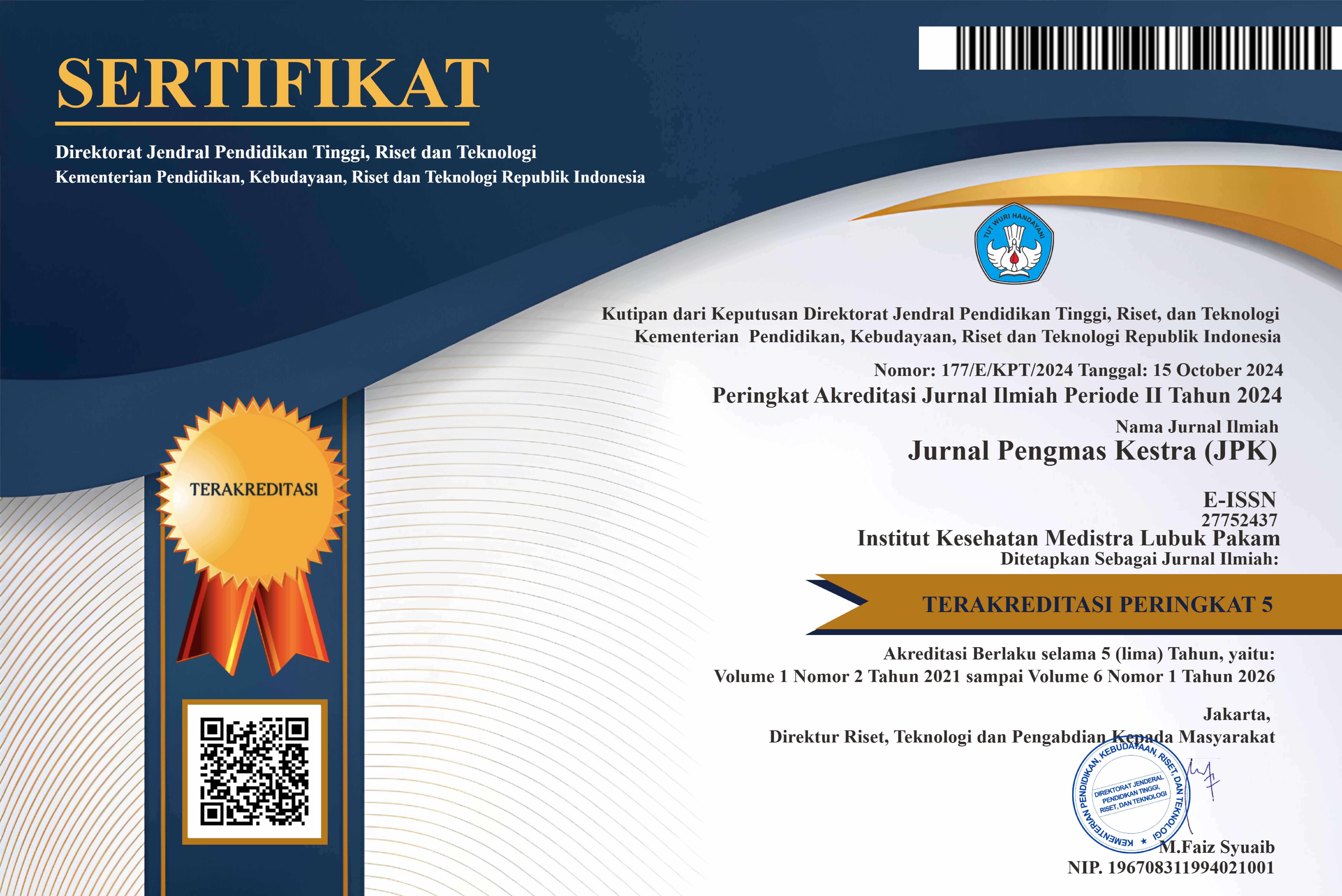SPENT EDIBLE OIL SOAP ANALYSIS ON CHEMICAL PRACTICUM ACTIVITIES IN SMA HARAPAN III DELI SERDANG
DOI:
https://doi.org/10.35451/jpk.v2i1.1038Keywords:
edible oil; saponification; foam test; free alkali content; acid base titrationAbstract
Spent edible oil is the result of repeated frying that is mostly done in the fast food industry or in household activities and generally this used cooking oil is disposed of as waste that pollutes the waters in the environment. Spent edible oil is a good ingredient for soap making because its raw material is relatively cheaper than most oils. In a simple laboratory study conducted by students of SMA Harapan III Deli Serdang, soap was made from used cooking oil using alkaline NaOH. The saponification process was carried out using used edible oil soap 0.3 parts by mass ratio of NaOH at a concentration of 30% and 1 part of used edible oil bleached with activated charcoal. The analysis of edible oil soap that has been made by determinate the value of free alkali with acid-base titration method and foam stability test. The results obtained from the determination of the foam test provide foam stability of 83.3% and free alkali content of 0.211%. This soap provides a fairly stable foam stability, but it still feels hot in the hands due to the alkaline NaOH that is used not completely soaped in the washing process. The use of edible oil into soap by students can increase knowledge and can be applied to overcome environmental pollution due to the disposal of edible oil into the environment.
Downloads
Published
Issue
Section
License
Copyright (c) 2022 JURNAL PENGMAS KESTRA (JPK)

This work is licensed under a Creative Commons Attribution 4.0 International License.
Copyright in each article is the property of the Author.




















